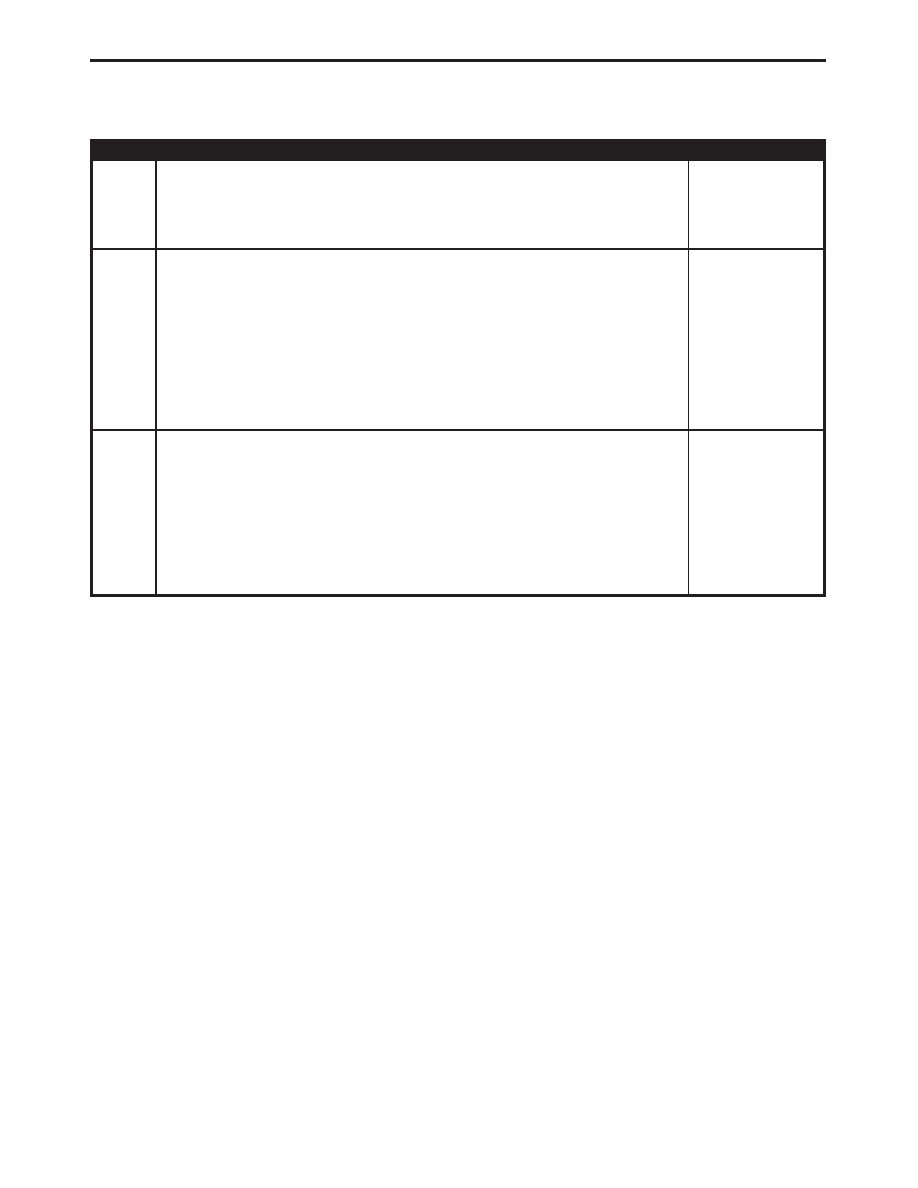Jeep Wrangler TJ. Manual - part 138

TEST
ACTION
APPLICABILITY
7
If there are no possible causes remaining, view repair.
All
Repair
Replace the Fuel Pump Module.
Perform POWERTRAIN VERIFICATION TEST VER - 1.
8
Turn the ignition off.
Remove the Fuel Pump Relay from the PDC.
Using a 12-volt test light connected to ground, backprobe the Fuel Pump Relay Fused
B+ circuit at the PDC.
Does the test light illuminate?
All
Yes
→ Go To 9
No
→ Repair the open or short to ground in the (A61) Fuel Pump Realy
Fused B+ circuit. Inspect the fuse and repair as necessary.
Perform POWERTRAIN VERIFICATION TEST VER - 1.
9
Disconnect the Fuel Pump Module harness connector.
Measure the resistance of the (A141) Fuel Pump Relay Output circuit from the relay
connector to the Fuel Pump Module connector.
Is the resistance below 5.0 ohms?
All
Yes
→ Replace the Fuel Pump Relay.
Perform POWERTRAIN VERIFICATION TEST VER - 1.
No
→ Repair the open in the (A141) Fuel Pump Relay Output circuit.
Perform POWERTRAIN VERIFICATION TEST VER - 1.
277
STARTING
*CHECKING FUEL DELIVERY —
Continued